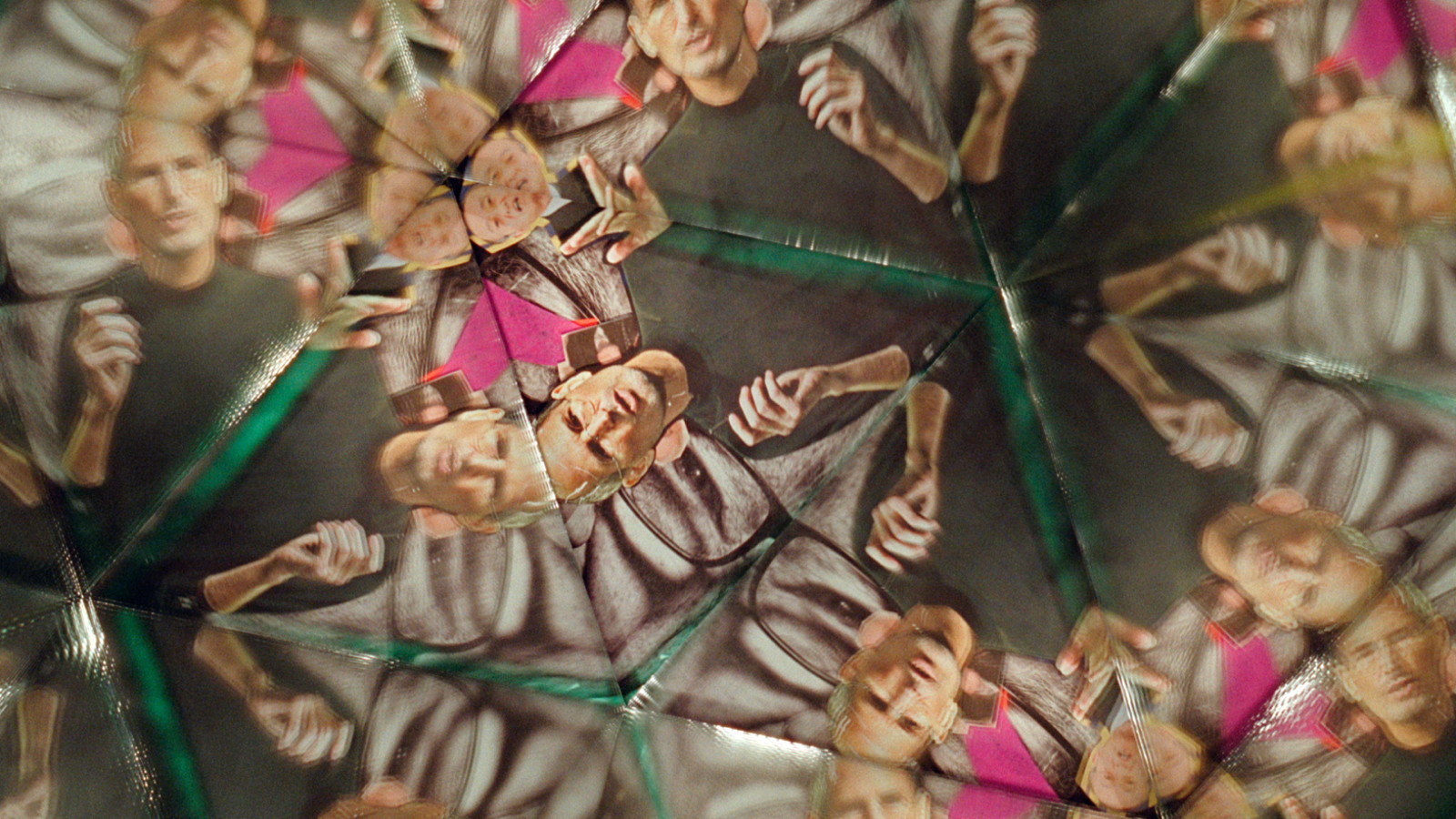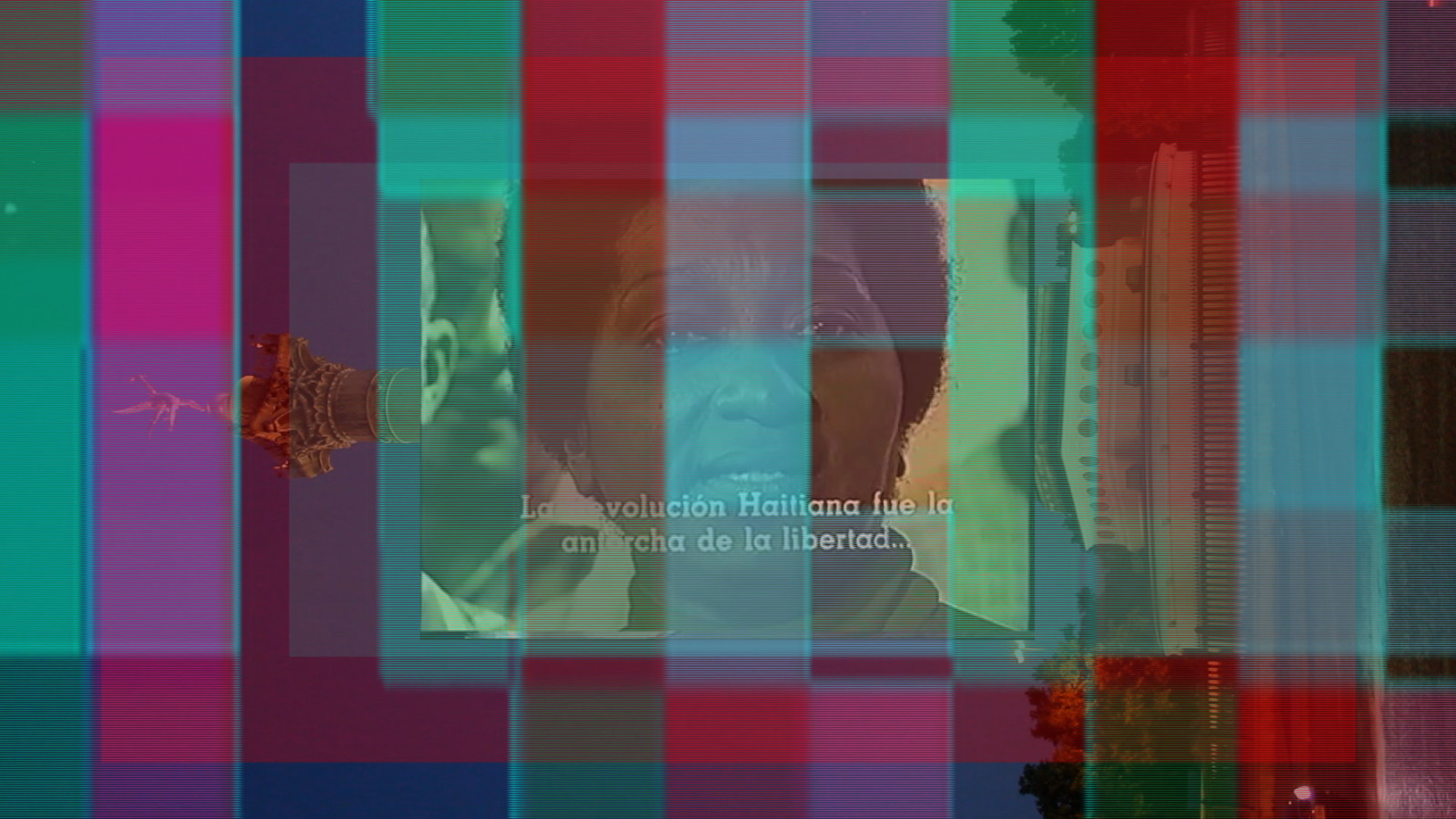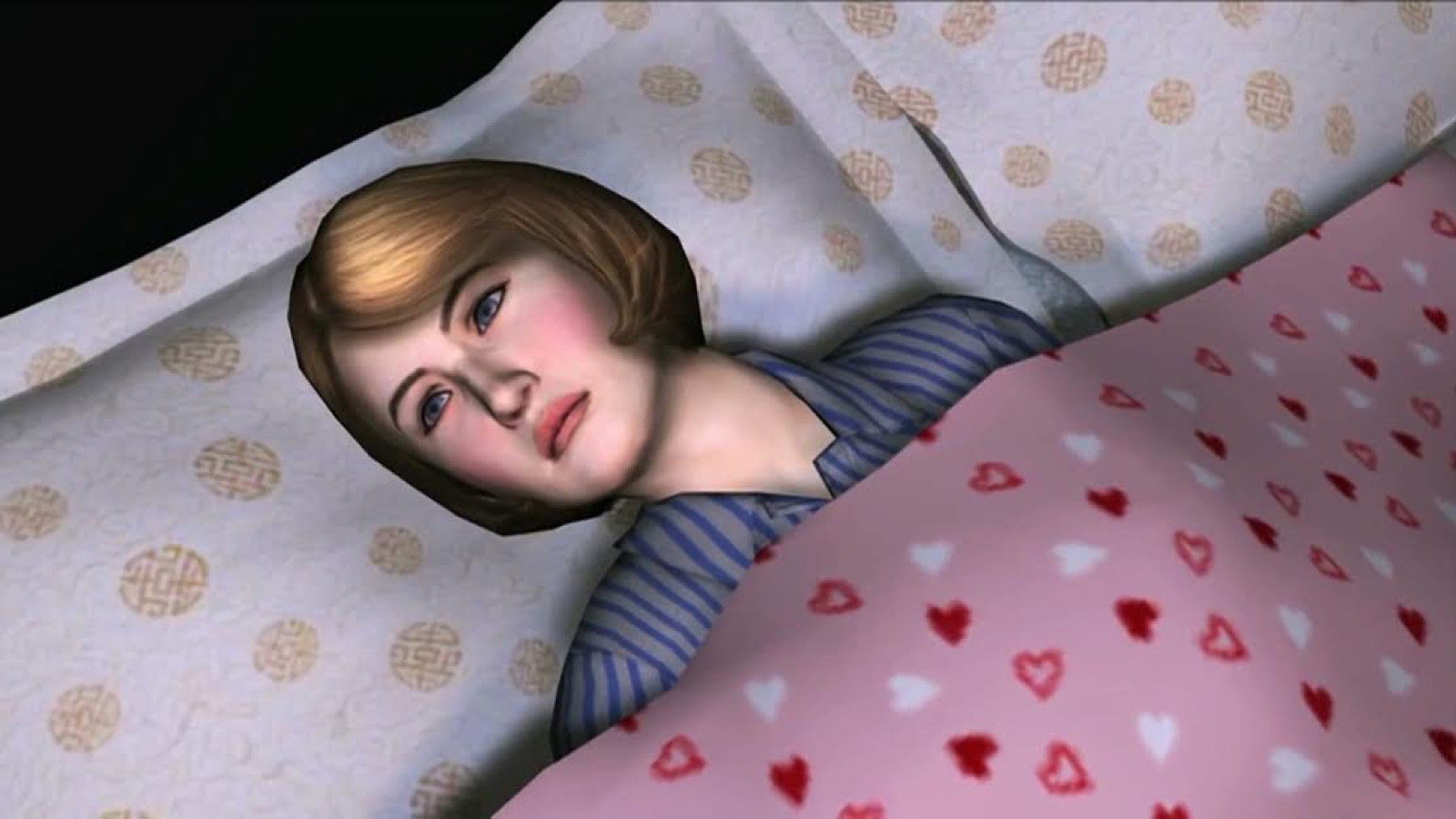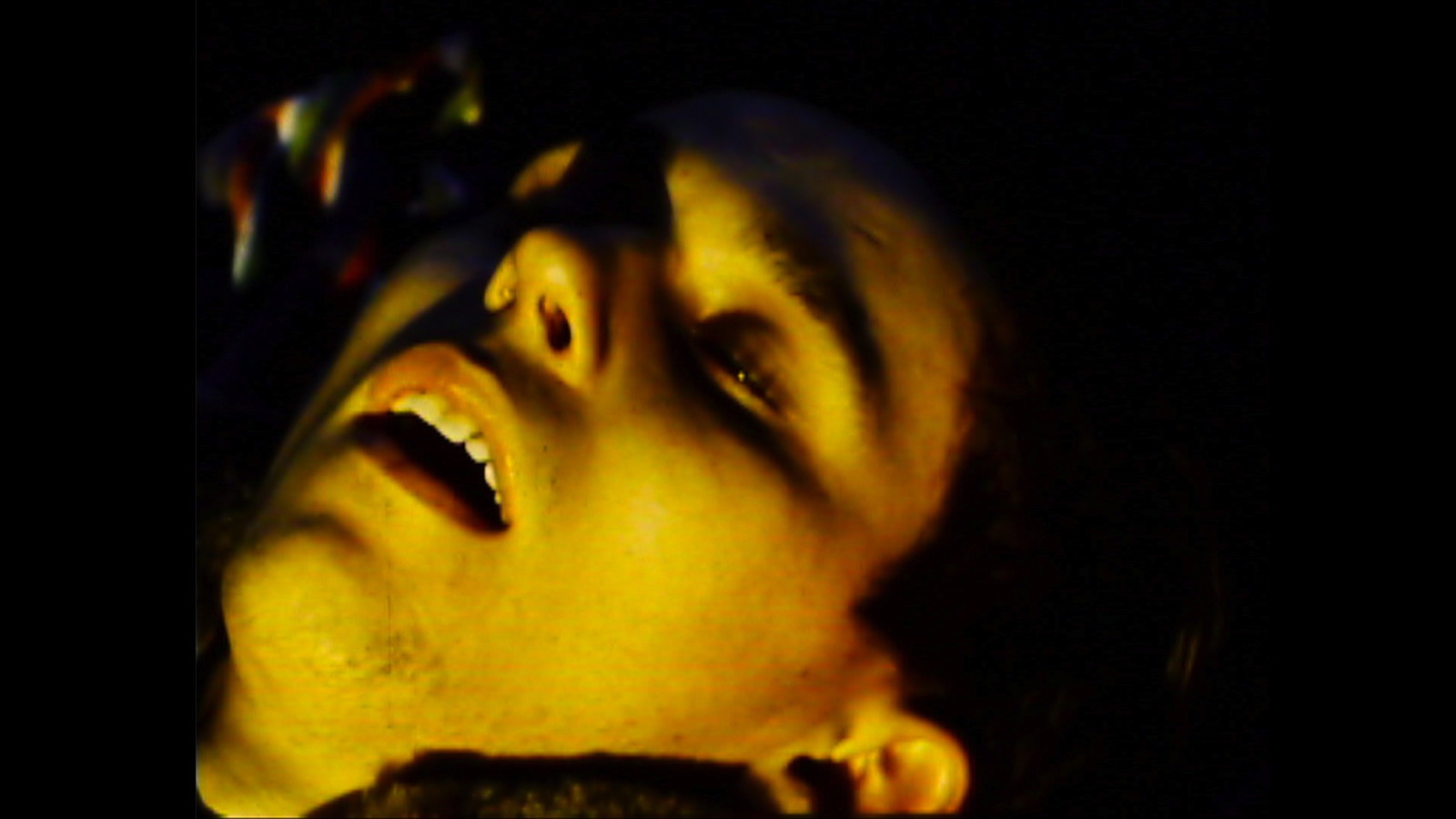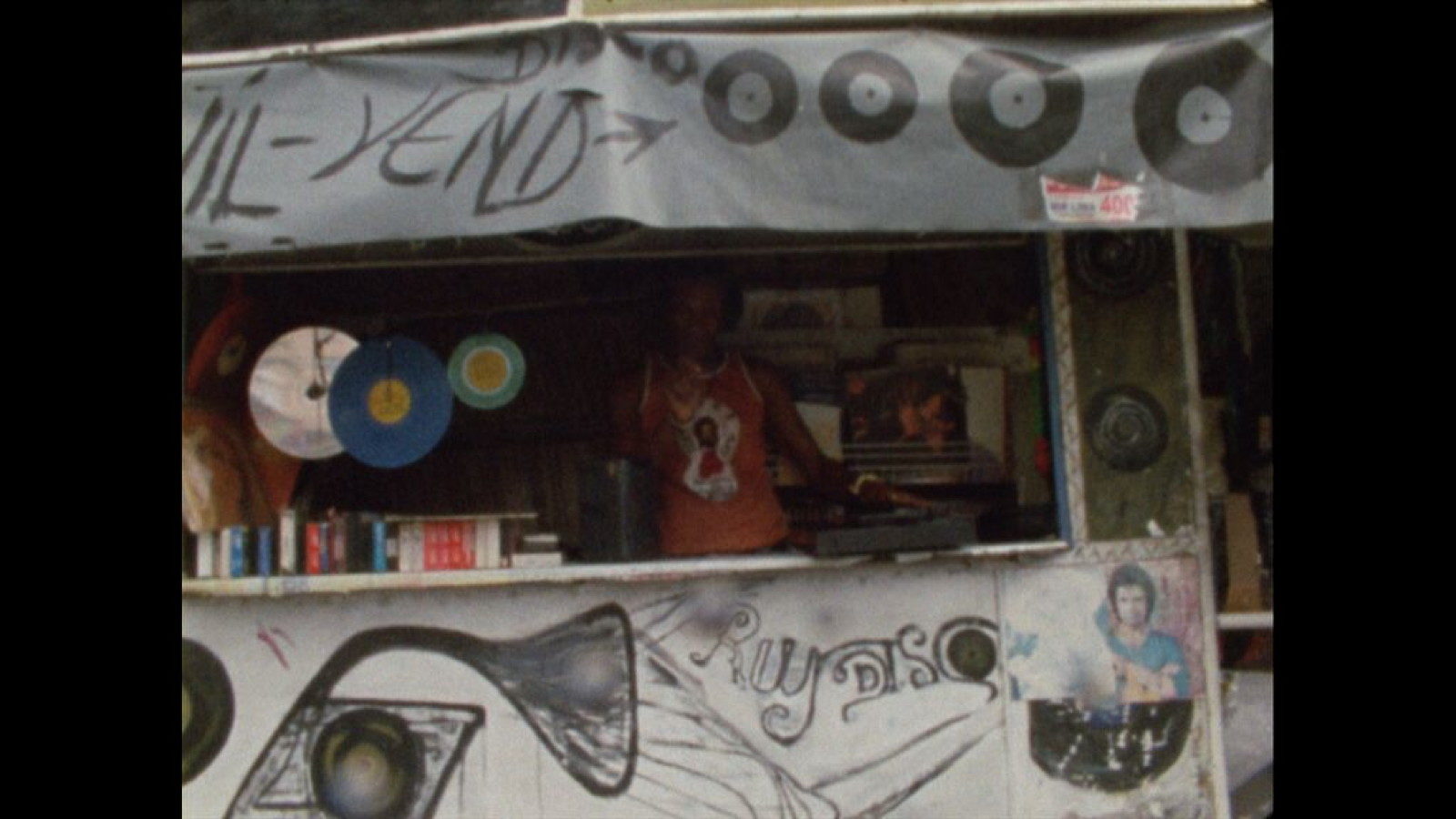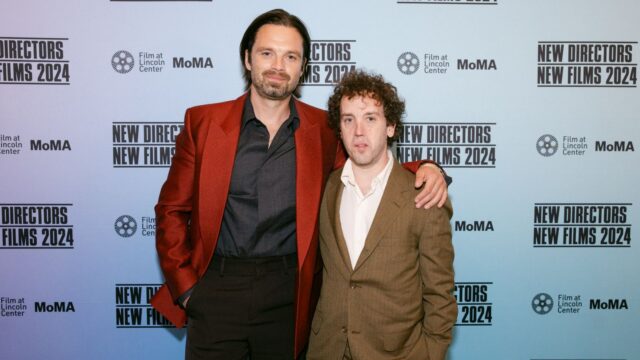Projections Program 7
Louis Henderson, Peggy Ahwesh, Fern Silva, and Ephraim Asili in person!
Modern conflicts of labor and race, traced from their complex origins to the chaotic present.
Hello
Simon Fujiwara, Germany, 2015, digital projection, 10m
“Hello explores changes in the working lives of two people: Maria, a Mexican trash picker who separates and collects recyclable materials from landfills to sell by the kilo, and Max, a German freelance computer-animation designer working for the advertising industry in Berlin. The double interview is controlled and manipulated by a computer-generated severed hand that Maria describes as an object once discovered in the trash while working in the violent northern town of Mexicali. This CGI hand was in turn produced by Max who was born with no arms and sought refuge in computer imaging as a means to operate and manipulate a digital reality.”—Simon Fujiwara
U.S. Premiere
F for Fibonacci
Beatrice Gibson, UK, 2014, DCP, 16m
“F for Fibonacci takes as its departure point William Gaddis’s epic 1975 modernist novel JR. Unfolding through the modular machine aesthetics of the video game Minecraft, text-book geometries, graphic scores, images from physics experiments, and cartoon dreams blend with images from Wall Street: stock-market crashes, trading pits, algorithms, and transparent glass. As well as the writing of Gaddis, the film draws on the work of little-known British experimental educator and composer John Paynter. Gibson worked closely with 11-year-old Clay Barnard Chodzko on a number of the film’s production elements, commissioning him to design an office in Minecraft and develop an existing character of his, Mr. Money. Gibson and Chodzko’s ramblings on the subject of his protagonist lead the viewer through F for Fibonacci’s hallucinatory soup.”—Beatrice Gibson
Black Code / Code Noir
Louis Henderson, France, 2015, DCP, 21m
“Black Code / Code Noir unites temporally and geographically disparate elements into a critical reflection on two recent events: the murders of Michael Brown and Kajieme Powell by police officers in the U.S. in 2014. Archaeologically, the film argues that behind this present situation is a sedimented history of slavery, preserved by the Black Code laws of the colonies in the Americas. These codes have transformed into the algorithms that configure police Big Data and the necropolitical control of African Americans today. Yet how can we read in this present? How can we unwrite the sorcery of this code as a hack? Through a historical détournement the film suggests the Haitian Revolution as the first instance of the Black Code’s hacking and as a past symbol for a future hope.”—Louis Henderson
World Premiere
Lessons of War
Peggy Ahwesh, USA, 2014, digital projection, 6m
“Five little narratives—newsworthy stories from the 2014 war on Gaza—retold in order to not forget the details, to reenact the trauma and to honor the dead. The footage is lifted from a YouTube channel that renders the news in animation, fantastic and imaginative, providing several protective layers away from reality. The footage is repurposed here to critique that safe distance from the violence, foregrounding the antiseptic nature of the virtual narrative. Video courtesy of Microscope Gallery.”—Peggy Ahwesh
Scales in the Spectrum of Space
Fern Silva, USA, 2015, DCP, 7m
“Commissioned by the Chicago Film Archive and in collaboration with legendary jazz musician Phil Cohran, Scales in the Spectrum of Space explores the documented histories of urban life and architecture in Chicago. Culled from 70 hours of footage and incorporating 35 different films, Scales in the Spectrum of Space weighs in on the pulse of the Midwest metropolis.”—Fern Silva
World Premiere
Many Thousands Gone
Ephraim Asili, USA/Brazil, 2015, digital projection, 9m
“Filmed on location in Salvador, Brazil (the last city in the Western Hemisphere to outlaw slavery) and Harlem, New York (an international stronghold of the African Diaspora), Many Thousands Gone draws parallels between a summer afternoon on the streets of the two cities. A silent version of the film was given to jazz multi-instrumentalist Joe McPhee to create an interpretive score. The final film is the combination of the images and McPhee’s real-time “sight reading” of the score.”—Ephraim Asili


